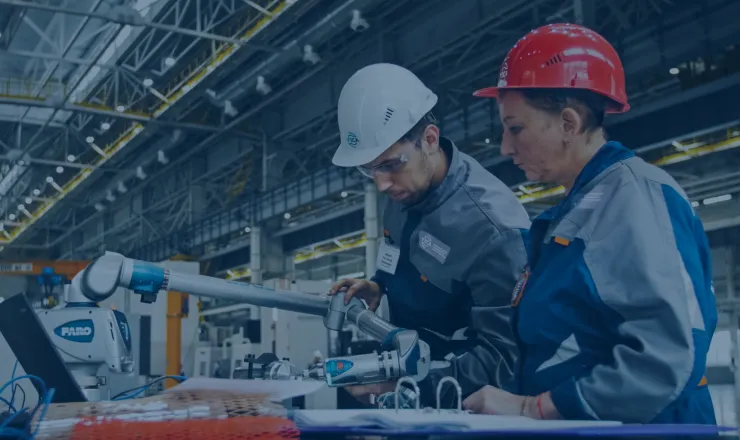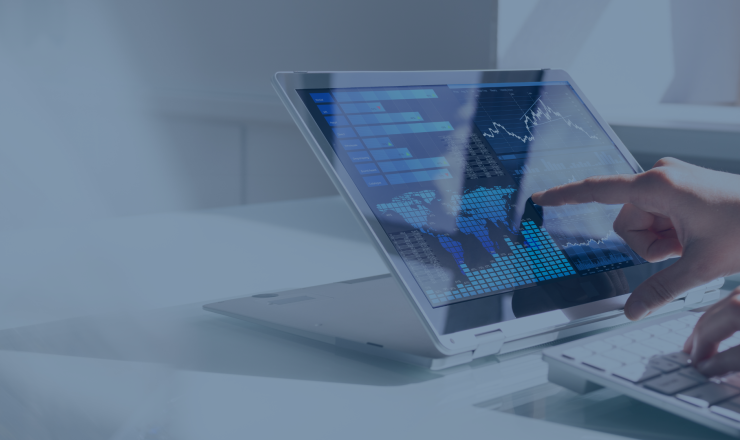

“Unlock the power of your data with BI and Visualization solutions from KEPLER Advanced Analytics”
Business Intelligence (BI) is a critical process that allows businesses to collect, analyze, and present data in a meaningful way to make informed decisions. In today’s data-driven business environment, BI is essential for companies to stay competitive and thrive. BI relies on data from various sources such as sales, marketing, finance, and Operations. This data is then transformed into meaningful insights that can drive business growth.
At KEPLER Advanced Analytics (KAA), we recognize the importance of Business Intelligence and Visualization in driving our decision-making processes. By leveraging BI tools and technologies, we can collect and analyze data in real-time, allowing us to identify patterns, trends, and opportunities that might otherwise go unnoticed. Integrating data from multiple sources helps us get a comprehensive view of our Operations, which can help us make better decisions and optimize our performance.
Visualization is an essential component of BI. By creating graphical representations of data, we can understand complex information quickly and easily. Visualizations can take various forms, such as charts, graphs, tables, and maps. By visualizing data, we can identify relationships and patterns that may not be apparent in raw data. This helps us gain insights and make data-driven decisions. Visualizations also help us communicate complex data to stakeholders in a clear and compelling manner.
At KAA, we are committed to leveraging BI and Visualization to improve our decision-making, optimize our performance, gain a competitive advantage, identify new opportunities, and communicate insights effectively. We recognize that effective visualization helps decision-makers understand complex data, communicate insights to stakeholders, and make data-driven decisions.
Key benefits of BI and Visualization include:
-
- Improving decision-making: By providing real-time insights, businesses can make informed decisions quickly.
- Optimizing performance: By identifying areas of improvement, businesses can optimize their Operations and increase efficiency.
- Gaining competitive advantage: By analyzing data and spotting trends, businesses can stay ahead of the competition.
- Identifying new opportunities: By analyzing customer behavior and market trends, businesses can identify new opportunities for growth.
- Communicating insights effectively: By using visualizations, businesses can communicate complex data to stakeholders in a clear and compelling manner.
Industrial Applications
HealthCare
BI can be used to track patient outcomes and monitor the effectiveness of treatments. Visualization can be used to create dashboards that allow healthcare providers to identify trends and patterns quickly and easily with inpatient data.
Retail
BI can be used to analyse sales data and customer behaviour to identify trends and patterns. Visualization can be used to create heat maps and other graphical representations of data to help retailers understand customer traffic patterns and optimize store layouts.
Finance
BI can be used to analyse financial data and identify opportunities for cost savings and revenue growth. Visualization can be used to create dashboards that allow financial analysts to quickly identify trends in key financial metrics such as revenue, expenses, and profit margins.
Manufacturing
BI can be used to track production metrics such as quality, efficiency, and output. Visualization can be used to create dashboards that allow manufacturing managers to quickly identify areas for improvement and optimize their Operations.
Marketing
BI can be used to analyse customer data and identify trends in customer behaviour. Visualization can be used to create dashboards that allow marketers to quickly identify opportunities for targeting specific customer segments and optimizing marketing campaigns.
Education
BI can be used to track student performance and identify areas for improvement. Visualization can be used to create dashboards that allow educators to quickly identify trends in student data and optimize their teaching strategies.
The applications of BI and visualization are virtually limitless, and businesses of all sizes and types can benefit from using these powerful tools to make better decisions and optimize their Operations.










